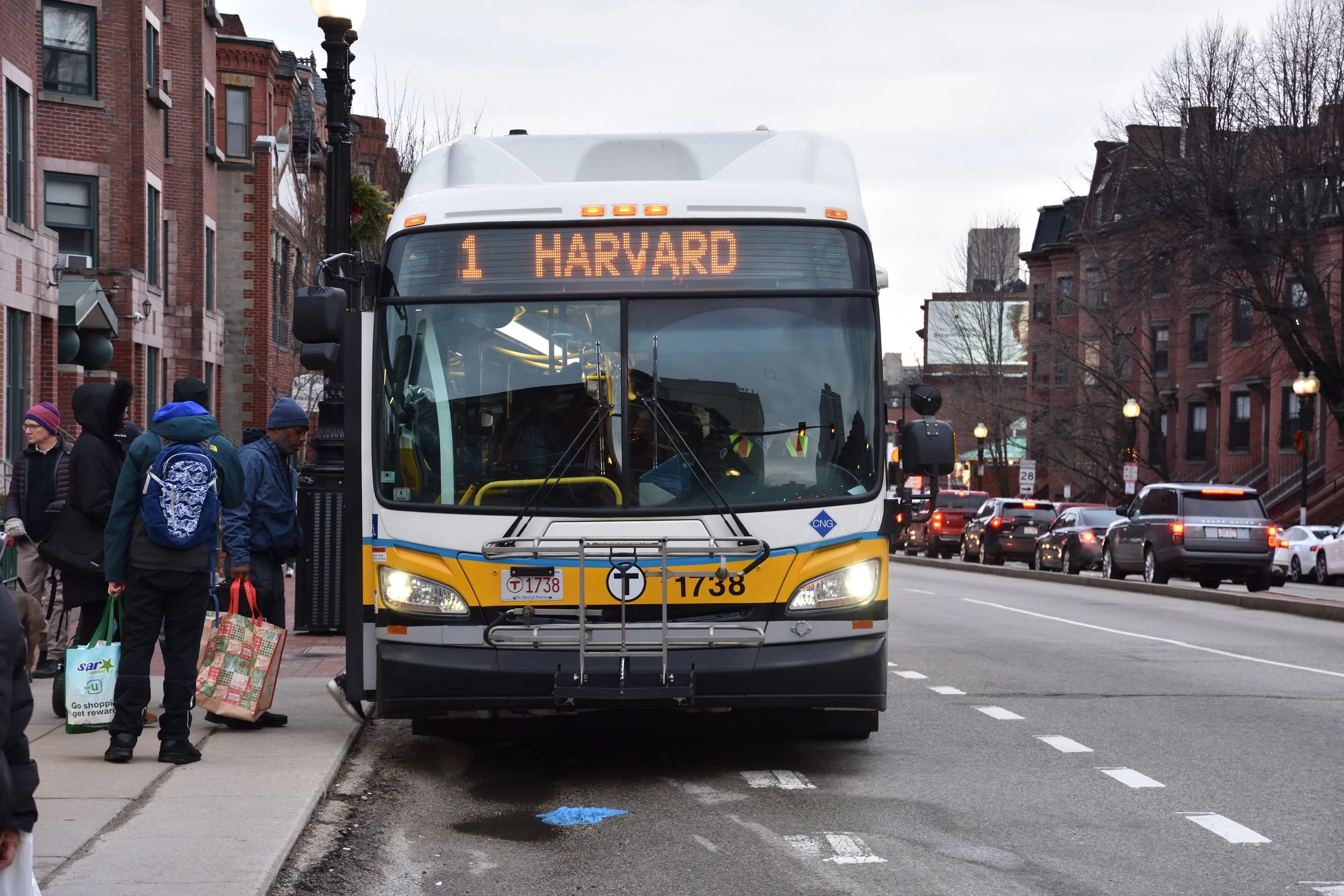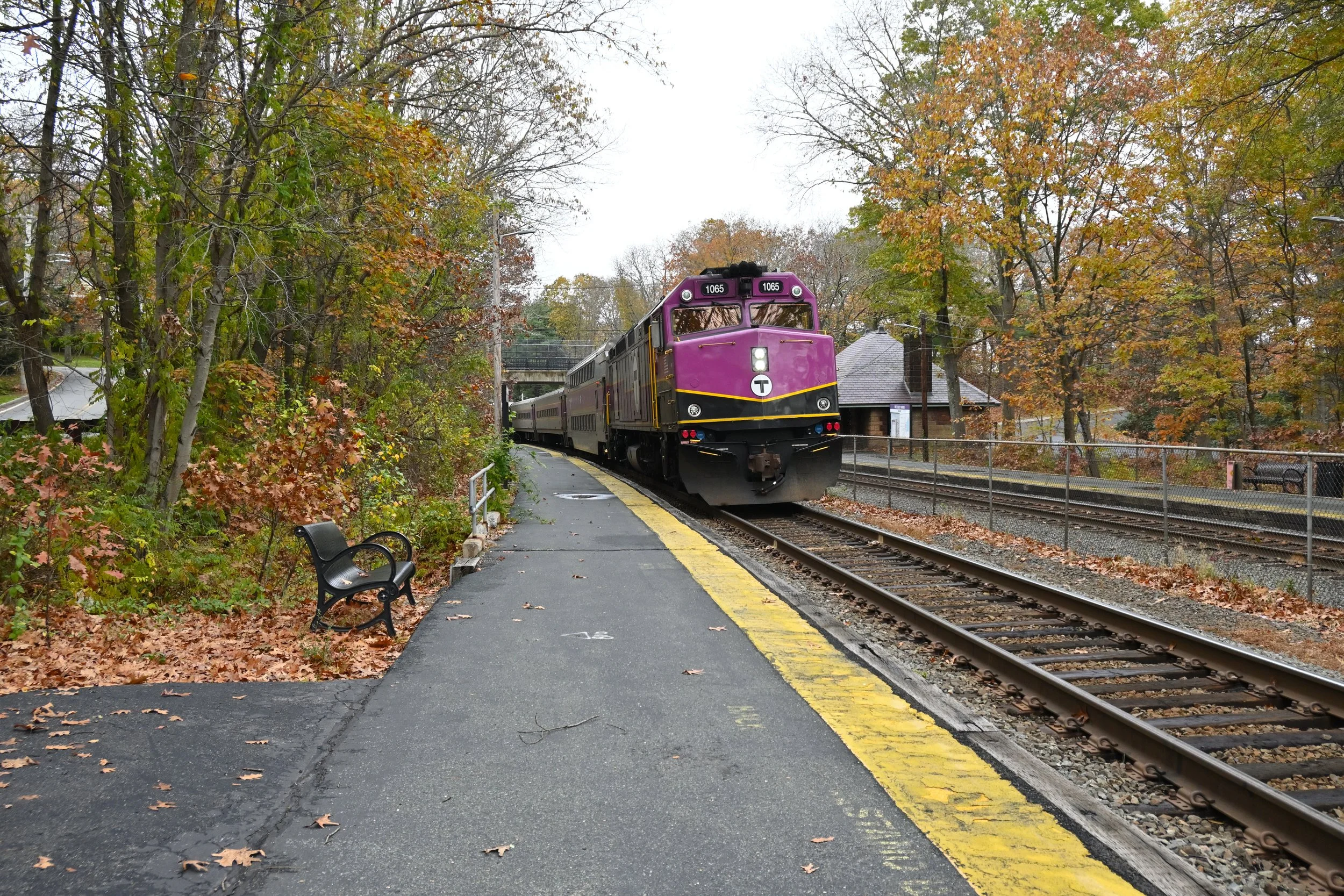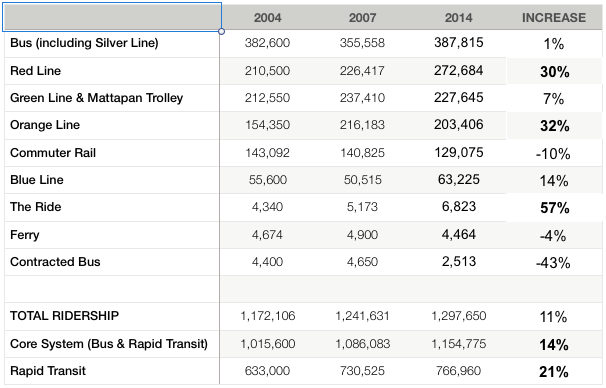TransitMatters is grateful for today’s action by the FMCB to advance the NightBus overnight bus service pilot.
Media Statement: Regional Rail Report
Today, transit advocacy group TransitMatters released its report calling for modernization of the MBTA Commuter Rail network and an updated business model as part of a larger reimagining of the service. ‘Massachusetts should commit to transitioning from its current Commuter Rail system to a Regional Rail system that offers frequent all day intercity rail service provided by clean electric-powered locomotives’, according to the report.
At a Beacon Hill press conference, TransitMatters President and co-founder Marc Ebuña said, “Our current Commuter Rail system is a vestige of mid-20th Century thinking, based on an antiquated assumption about the kind of mobility choices people expect to have. Many people today do not have 9 to 5 jobs; they require more flexibility from their transit system. Regional Rail offers that flexibility.”
The Regional Rail system recommended by TransitMatters is described in the report as “a reliable and more cost-effective intercity rail system based on a 21st century business model...operating more like a subway service with level platforms and frequent service all day.” TransitMatters identified five critical components to the Regional Rail business plan: (1) systemwide electrification, (2) high platforms allowing faster and accessible boarding, (3) strategic infrastructure investments to maximize speed and reliability, (4) frequent all-day service – every half hour in the suburbs, every fifteen minutes in denser urban neighborhoods, and (5) fare rationalization, including free transfers between regional trains, subways and buses.
Board member Jarred Johnson explained that the recommendations for a new approach to providing intercity rail service “responds to the way people live today. We are doing our economy and our residents a disservice by continuing to operate and plan for an outdated Commuter Rail system. Our Regional Rail plan takes lessons learned from proven best practices across the US and globally, and offers a highly cost-effective approach to transitioning to a new system.”
According to the group, Regional Rail can begin with affordable pilots projects on the Providence Line — the Commuter Rail’s only electrified line — and the Fairmount Line. The group’s plan proposes cost-effective pilots for these lines as a way to prove the efficacy of the approach and to provide better service and social and environmental justice to Fairmount Line riders and corridor residents.
TransitMatters Board member Tim Lawrence observed that the report responds to the legitimate concern of the MBTA’s FMCB, that the current Commuter Rail system, carries too few riders at too high a cost. “We agree with that assessment,” said Lawrence. “Our plan for Regional Rail addresses this head on — by offering not just a vision, but a new business model. It’s that business model that will be a game changer, moving us away from the unacceptable status quo, and making our intercity rail system operate in a cost-effective, rider-responsive manner.”
The Regional Rail report can be downloaded from regionalrail.net.
MBTA Ridership Increased 15 Percent Since 2004: T is more crowded than ever
A review of daily passenger statistics published by the MBTA shows that ridership has skyrocketed. Ridership on the subways and trolleys is up over 20 percent in just ten years.
This confirms what we all know: the service is slower, more crowded and less reliable than ever. Our best transit services, the Red and Orange Lines, now see an astonishing 30 percent more riders than in 2004, yet both lines operate almost exactly the same number of trains today.
Source: MBTA Bluebook
** Important Notes:
(1) These numbers obscure fare increases and service cuts that have hurt ridership, especially on buses, ferries and "contracted bus" lines.
(2) Bus ridership varies by route. Many have seen increases over 20 percent.
(3) Commuter Rail ridership counts are likely inaccurate. CR has been subjected to significant fare increases and now costs less than driving in most places.
(4) Green Line counts are lower than actual ridership because of unknown numbers of passengers entering via the rear doors. Overcrowding prevents ridership growth.
None of this is news to regular riders. Our failure to invest in system upgrades causes frequent delays, breakdowns, and overcrowding, as well as increased traffic congestion which delays buses so much that planners now routinely lengthen scheduled bus travel times. (Given the same number of available buses and drivers, that means fewer trips.)
However, the T's Control Board has repeatedly described ridership as "basically flat" when lamenting rising costs. T Spokesperson Joe Pesaturo said, “It seems fair to characterize less than 1 percent average annual growth as flat.”
Instead of downplaying the impacts of our transit network, to which many hardworking employees dedicate their careers, MBTA officials should be trumpeting soaring ridership as evidence of the importance of transit and the need to upgrade it to meet the needs of our rapidly growing region. No major investments have been made to the system’s core since the 1980s and we're feeling the consequences of our shortsightedness. If we don’t start investing now, the problem will only get worse, and it will only cost more when we eventually decide to expand and maintain our critical infrastructure.
The Frontier Group's Tony Dutzik did a similar analysis and goes into more detail on the impacts of housing and commercial growth as well as comparisons with other large cities. As he reminds us, these large increases in ridership come despite repeated fare increases, service cuts and declining service quality. If we made some investments in the system, ridership would increase even more.
Instead, we're looking at more fare increases and service cuts without any hope of real reforms or revenue. Let the T know they should stand up for the truth and develop a real plan for major service improvements.







